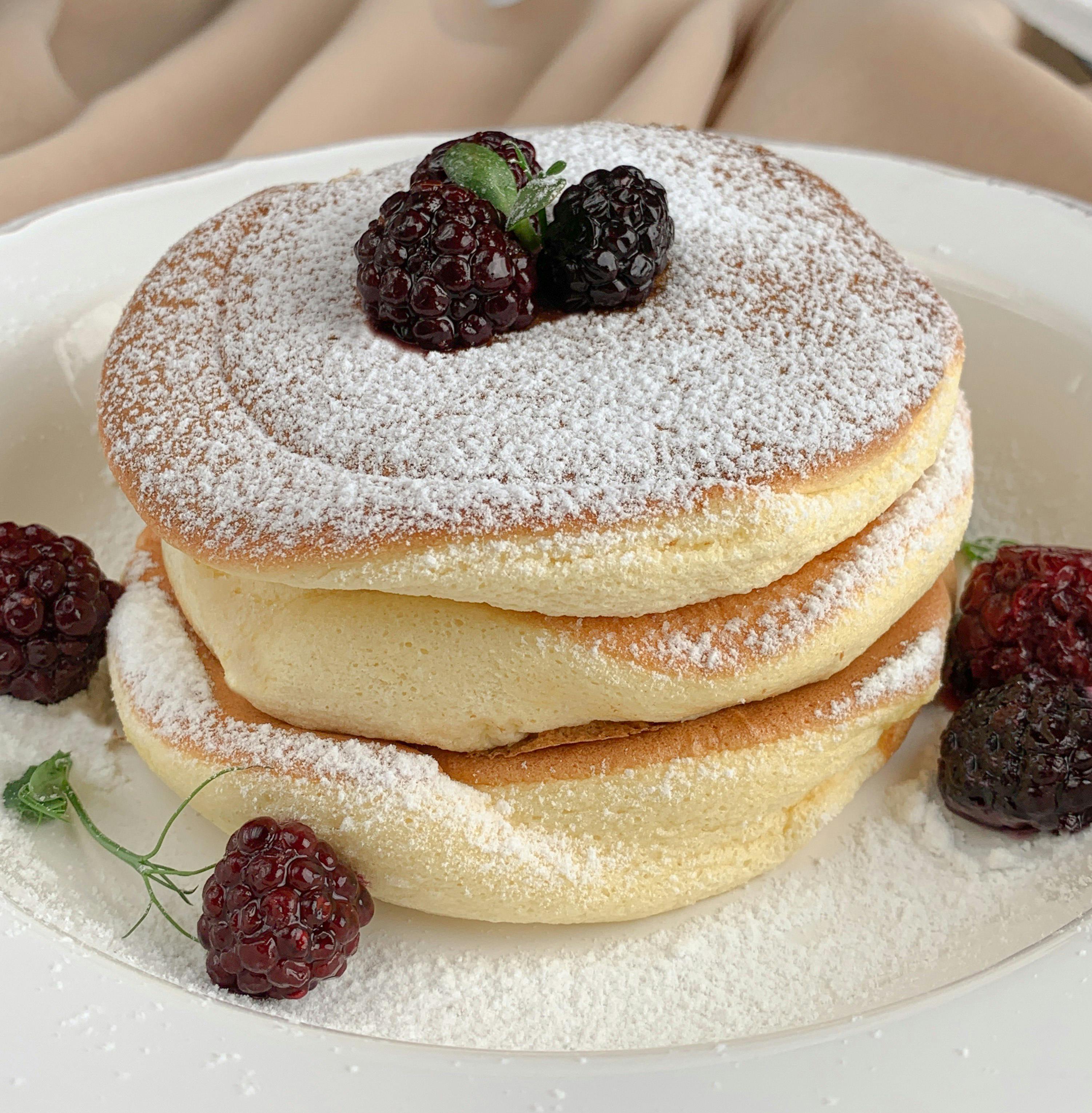
Japanese Soufflé Pancakes have taken the culinary world by storm. These pillowy delights are an upgrade from the standard pancake, offering a unique texture and flavor that’s simply irresistible. If you’ve been longing to try these fluffy wonders but can’t jet off to Tokyo, this guide is for you.
The Enchantment of Japanese Soufflé Pancakes
Ever since these cloud-like pancakes gained popularity, foodies worldwide have found themselves captivated by their charm. The Japanese have a knack for perfecting dishes, and pancakes are no exception. The result is a light, airy, and delectable breakfast dish that leaves a lasting impression.
The Art of Making Fluffy Japanese Pancakes
Making these fluffy pancakes requires a bit of patience and precision, but the end result is worth every minute. The process may seem daunting at first, but with a clear guide and a bit of practice, you’ll be creating these delightful delicacies in no time.
The Pancake Mould Dilemma
One of the most debated topics regarding Japanese pancakes is whether to use a mould or not. While some prefer the mould method for the perfectly rounded shape it provides, others argue that it restricts the pancakes’ fluffiness. It ultimately comes down to personal preference.
The Perfect Pancake Recipe
Finding the perfect recipe can be a bit of a challenge. Many recipes found online tend to produce pancakes that are too eggy or not fluffy enough. This guide’s recipe, however, has been tweaked and tested to ensure that your pancakes come out light, fluffy, and delectably sweet, just like the ones in Tokyo.
Key Elements to Making Perfect Pancakes
Two main factors contribute to the success of your pancakes – the quality of the meringue and the cooking method. Ensure that your meringue is well-developed but not overbeaten, and cook your pancakes over low heat for the best results.
Understanding Japanese Soufflé Pancakes
Japanese Soufflé Pancakes are a unique take on pancakes, incorporating soufflé techniques to achieve a light, fluffy texture.
So, What’s in a Soufflé Pancake?
To make a soufflé pancake, you’ll need six basic ingredients:
- Eggs: They form the main body of the pancake. Room temperature eggs are best.
- Sugar: Adds sweetness to the pancake. For a sugar-free alternative, you can use a substitute like Swerve.
- Milk: Helps to smooth out the pancake batter.
- Flour: A small amount of flour helps your pancakes maintain their shape. For a keto-friendly version, use superfine almond flour.
- Baking powder: This is what makes your pancakes rise and become fluffy.
- Cream of tartar: Acts as a stabilizer, helping your egg whites reach their full potential.
The Pancake Making Process
Making Japanese pancakes involves a few basic steps:
- Mixing: Start by mixing the egg yolk and sugar until frothy, then incorporate the milk.
- Whipping: Whip the egg whites, sugar, and cream of tartar into a meringue.
- Combining: Gently fold the yolk batter into the meringue, ensuring not to deflate the mixture.
- Cooking: Cook the batter in a lightly oiled pan over low heat, flipping carefully once the bottom is golden.
Common Pancake Problems
While making these pancakes can be a joy, there are common issues that you might encounter. Pancakes might deflate or not fluff up due to an underdeveloped meringue or overmixing of the batter. Ensuring that your meringue is stiff and incorporating it gently into the batter can help avoid these issues.
Serving Japanese Pancakes
Japanese pancakes are best served fresh off the pan, dusted with icing sugar, and topped with whipped butter and maple syrup. However, feel free to get creative with your toppings! Whipped cream, matcha powder, fresh fruits, and even Nutella can make delicious toppings.
FAQs
You may still have some questions about making Japanese soufflé pancakes. Here are some common queries:
- Can I make the pancakes in the oven? While it’s not recommended, you could experiment with baking the pancakes in a covered pan in the oven.
- Can I use a substitute for cream of tartar? If you don’t have cream of tartar, you can substitute it with 1/2 teaspoon of lemon juice.
- Why are my pancakes not fluffy? If your pancakes are not fluffy, it could be due to an underdeveloped meringue or overmixing of the batter.
